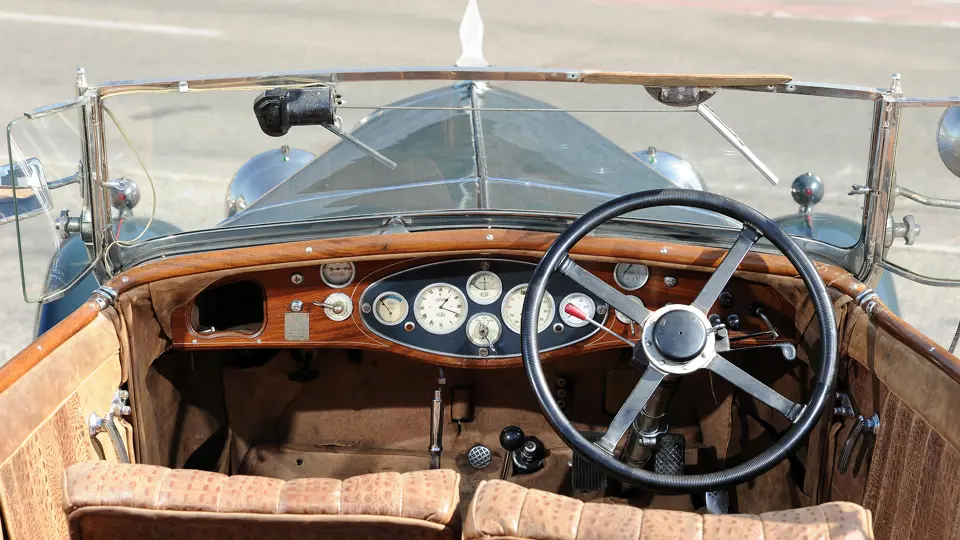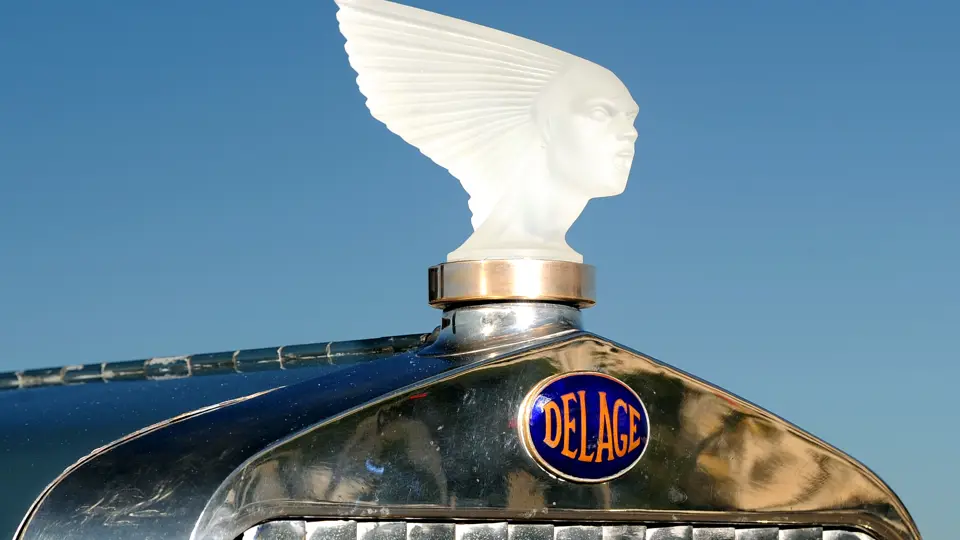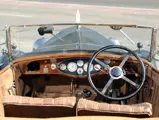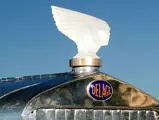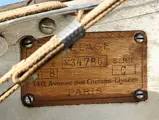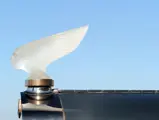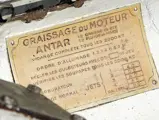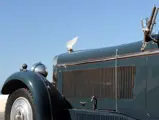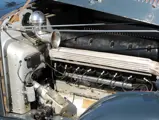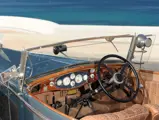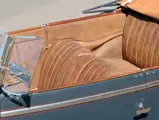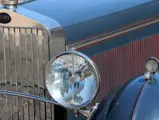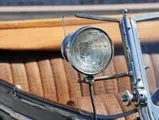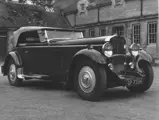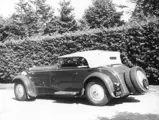105 bhp, 3,570 cc OHV inline eight-cylinder engine, four-speed manual gearbox, independent front suspension with transverse leaf spring, rear suspension by leaf springs with live axle, and four-wheel hydraulic drum brakes. Wheelbase: 127.9"
- Two-door, four-seat coachwork by Henri Chapron
- A RHD example, part of the George Milligen Collection 1962-2004
- Wonderful patina; well maintained over the years
- One of France’s finest prewar chassis
Considering Louis Delage’s importance in the early days of motoring and his remarkable competition success through the 1920s, it is nothing short of surprising that the company had faded into obscurity by World War II.
Delage first went Grand Prix racing in 1908, winning the Coupe de l’Auto. High-profile victories followed at the Boulogne Grand Prix in 1912, the Amiens Grand Prix in 1912 and the Lyons Grand Prix in 1914. That same year, Rene Thomas drove a Delage to victory in the Indianapolis 500 at an average speed of 82.47 mph, pocketing a cool $39,750 for his efforts. Thomas later went on to set a land-speed record at 143 mph with a monstrous 10.5-liter V-12 Delage racer.
After WWI, Delage standardized four-wheel brakes in 1918 and built the DI series of sporting cars with four-cylinder OHV engines through the 1920s. As expected, they were notable for their high cruising speeds and excellent handling. In competition, Delage won the first British Grand Prix in 1926 and, at other times in the 1920s, the French, Italian and Spanish Grands Prix. The marque’s commitment produced a complex two-liter, supercharged OHC V-12 that developed 195 hp and 1926’s landmark straight-eight design, which generated an amazing 170 hp at 8,000 rpm. Ten years later, one of these played a key part in Dick Seaman’s rise to fame with the Mercedes racing team. Seaman won the British 1.5-liter class, including three major races back-to-back, without the engine being touched.
Back on the street, Delage introduced the six-cylinder DM models in 1927, followed by the Maurice Gaultier-designed D8 chassis, which created a sensation at the Paris Salon in 1929. Smooth in operation and remarkably silent, the four-liter, eight-cylinder inline engine of the D8 featured a thoroughly modern overhead-valve cylinder head design. The base D8 engine produced a solid 105 bhp with a single Delage-built, Smith-Barriquand carburetor. The D8 chassis featured a sturdy X-brace layout, and the brakes were servo-assisted.
Despite its excellence, technical sophistication and ability to carry the most stylish and expensive custom-coachbuilt bodies of the Classic Era, the timing of the D8’s launch could hardly have been worse in the teeth of the widening Great Depression. Nonetheless, Delage lingered on until 1935 when Louis Delage departed his company after falling out with his co-directors. Delage was then taken over by Delahaye, which was not much healthier but was determined to not go down without a fight, working perhaps on the theory that the rich will always have money and what they need most is something beautiful and powerful to spend it on.
The right-hand drive 1931 Delage D8 offered here, chassis 34785, carries decidedly sporting two-door, four-seat Sports Touring bodywork by the famed Paris-based carrosserie of Henri Chapron, which he established in 1919 at the age of 33. It has been astutely observed that Chapron’s designs featured a remarkable freshness and modernity by virtue of his lack of the stylistic baggage associated with the prior horse-and-carriage era of coachbuilding. Among its many notable stylistic features, Chapron’s coachwork takes full advantage of the long hood of the D8 chassis with abundant louvers and Chapron’s trademark “helmeted” fenders.
With its wonderful patina, D8 chassis 34785 was part of the noted collection of Mr. George Milligen until 2004, who acquired it in 1962 from well-known vintage-car dealer Cecil Bendall in 1962. As related in the copy accompanying the car’s 2004 sale, the D8 was completely overhauled under Mr. Milligen in 1964-1965, with Mr. Milligen’s records quoted as showing that “much work was completed on the car’s transmission, brakes and front axle, the crankshaft and flywheel were balanced, the block was welded and sleeved, the big end and main bearings were re-metalled, and the valves were built up and re-seated. At the same time, the body was repaired and repainted by local coachbuilder R. Robinson & Company, the car was reupholstered to match the original trim and the plating was renewed. The Delage was driven to France in the early 1990s after a new distributor was fitted and George Milligen started and ran it just a couple of weeks before his death.”
In 2008, the current owner acquired the D8. Prior to its sale, the D8 was reported to have received some work including rebuilt carburetors, the addition of a distinctive glass Vitesse-style radiator mascot and an interior re-trim in distinctive brown crocodile-skin leather upholstery. The car joined the current owner’s collection, wherein it has been properly serviced ever since. Nicely presented and bearing a very handsome patina gained since the restorative work completed in the 42-year ownership of George Milligen, this striking Chapron-bodied 1931 Delage D8 is a very rare motor car indeed, benefiting from both the inimitable elegance of French coachwork and the engineering prowess of Delage.





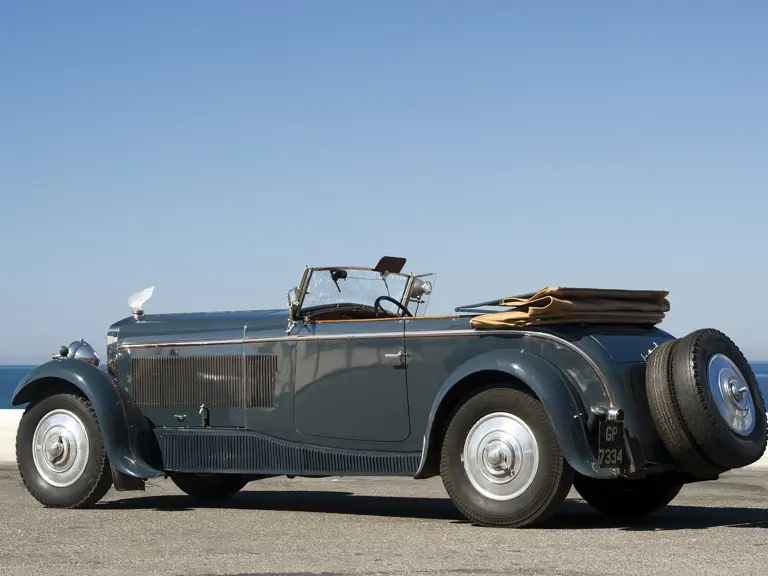
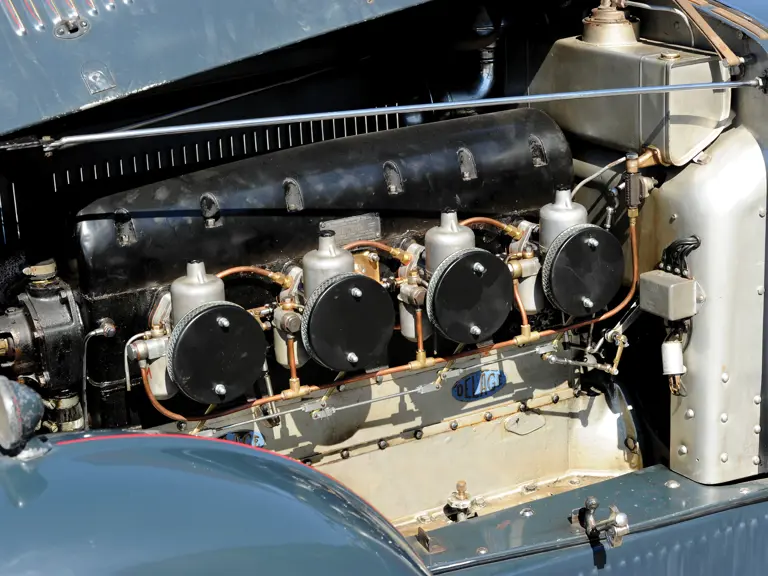


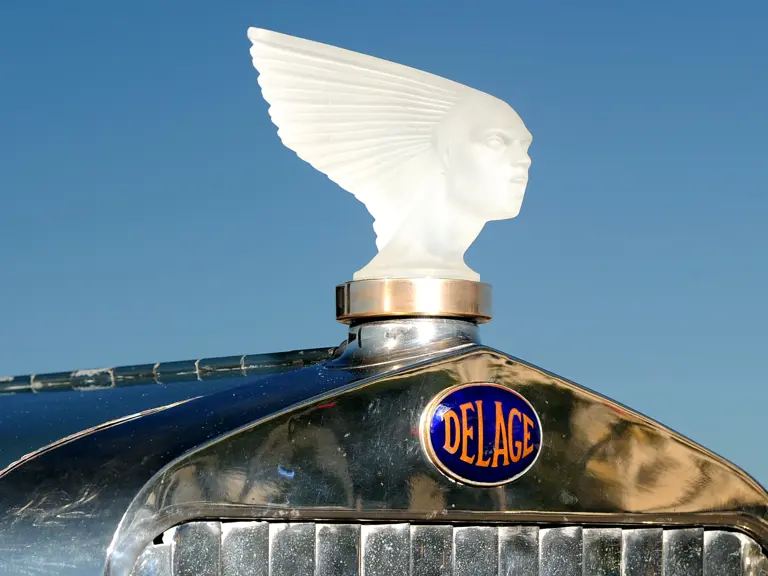
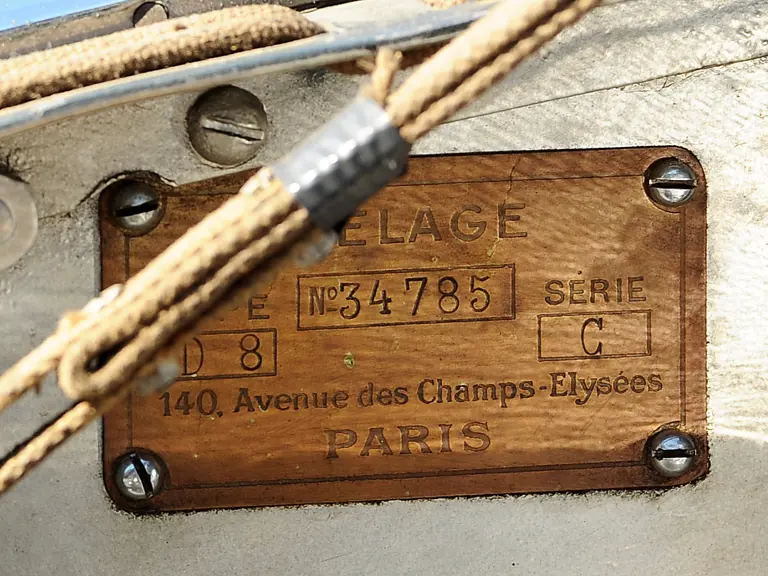
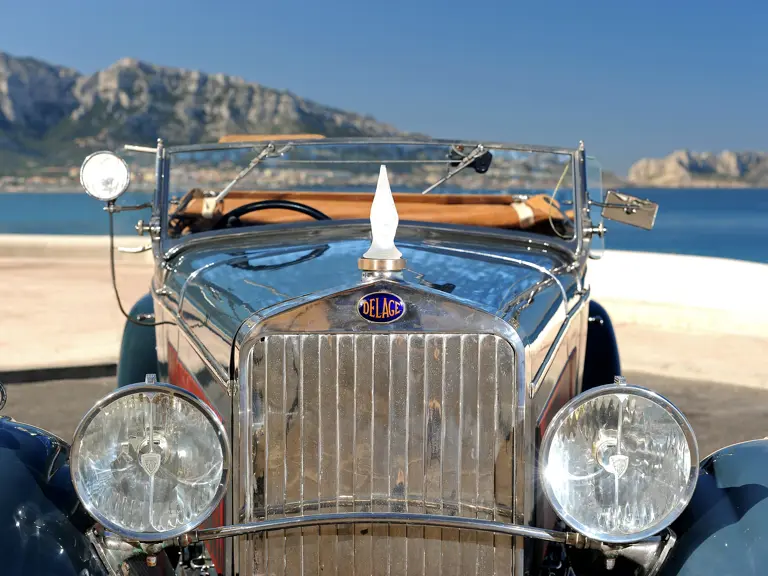
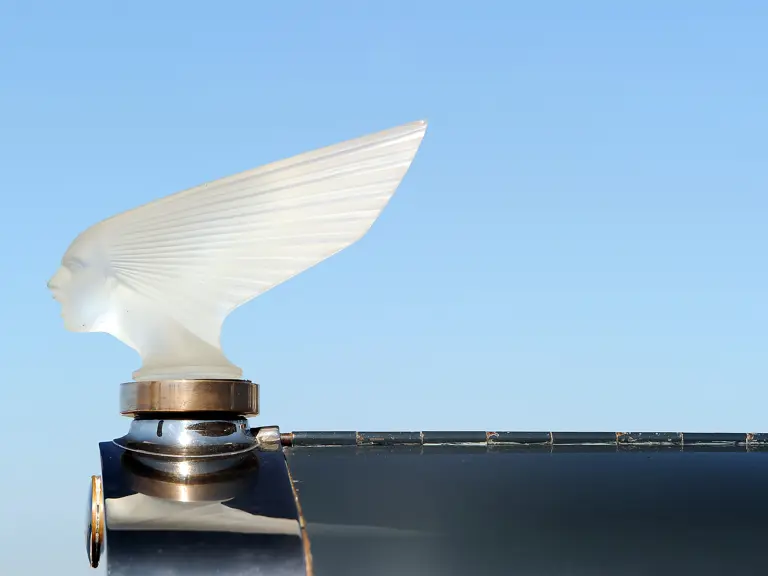

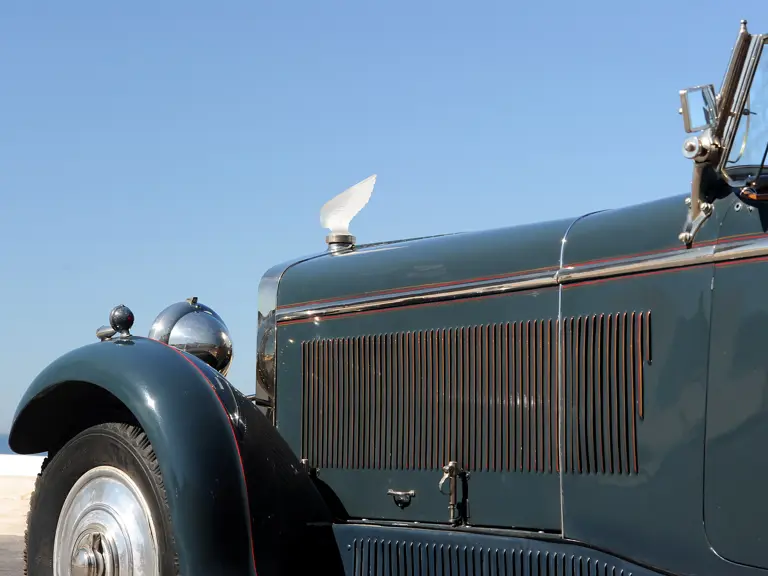


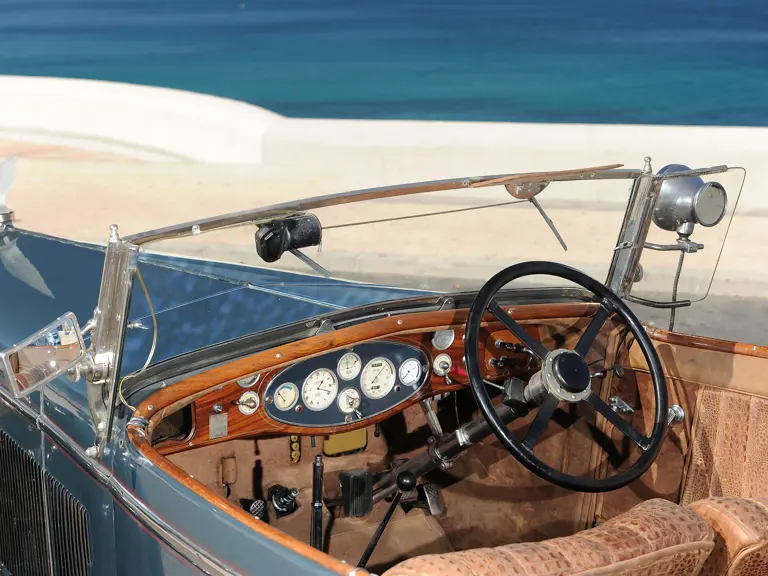
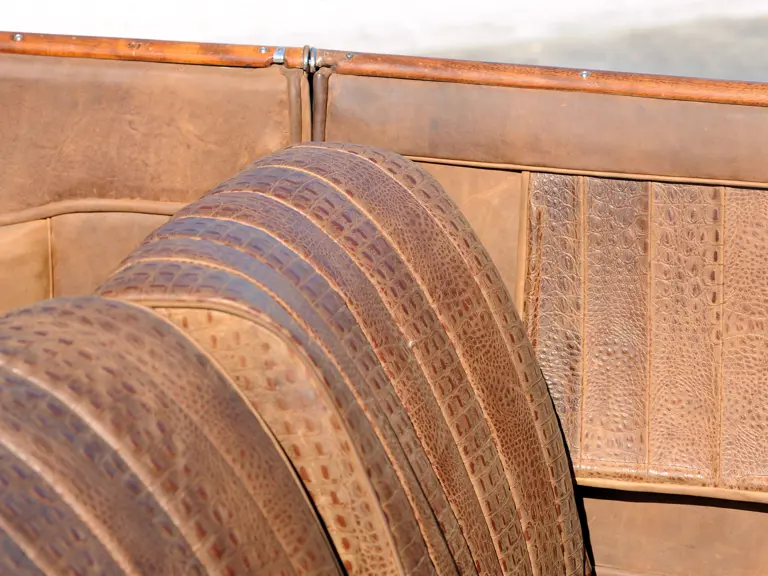
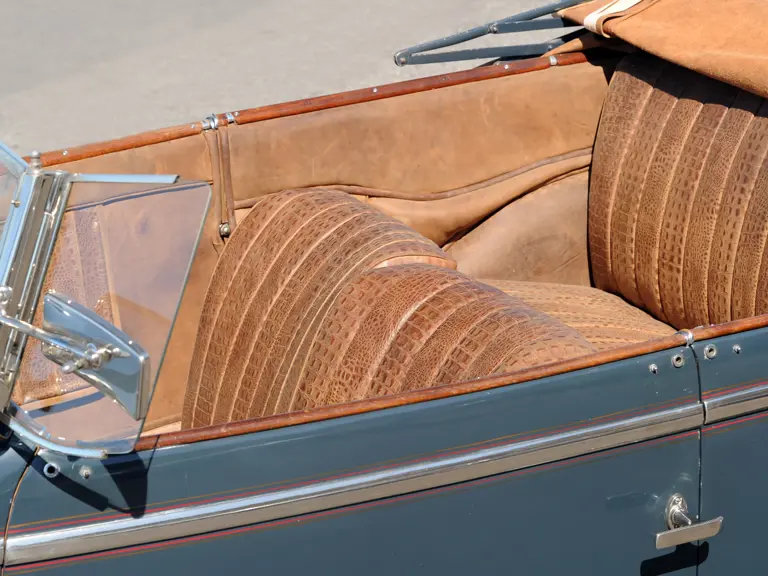
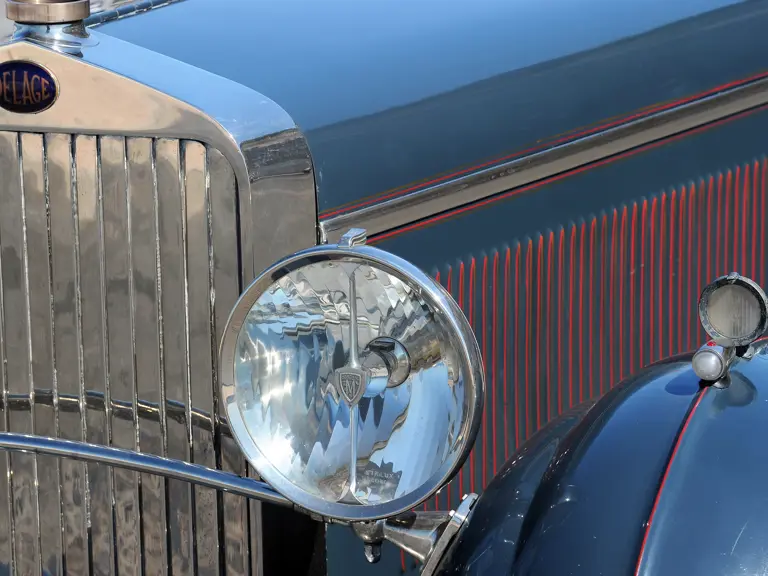

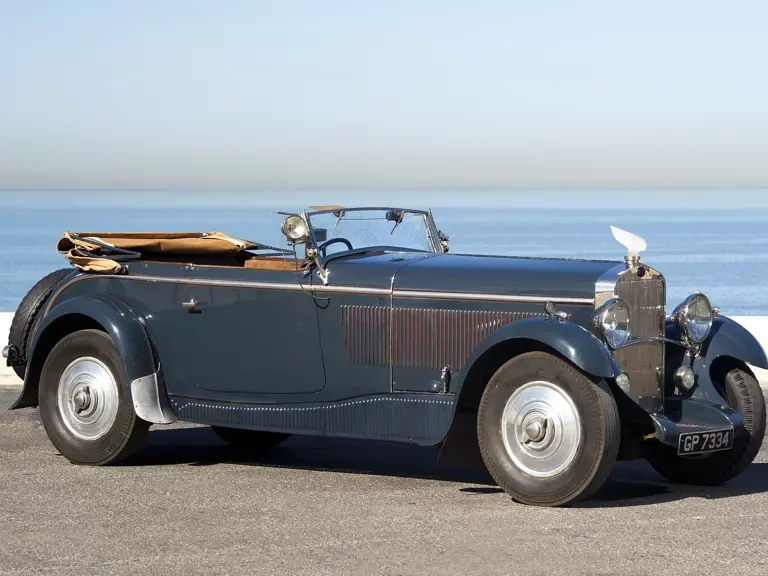
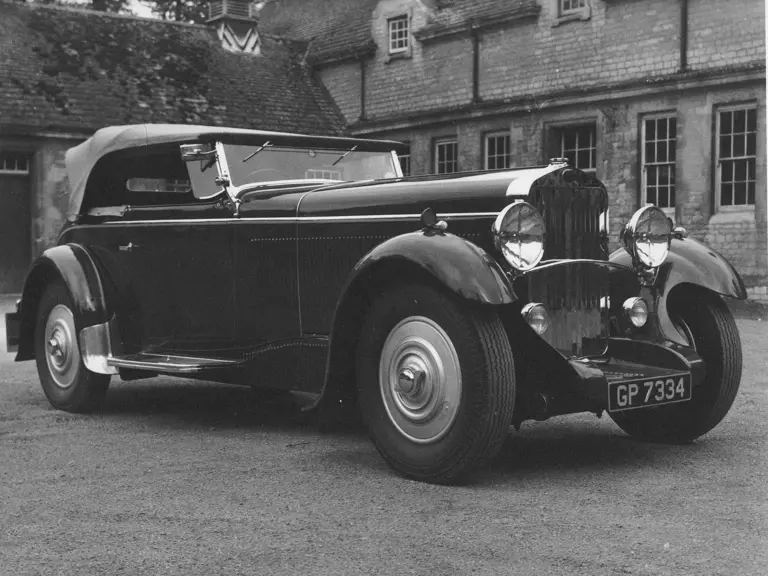


 | Monterey, California
| Monterey, California
